Photographing Japan’s Surf Scene: From personal project to publication
July saw the return of one of Japan’s coolest sporting events. “Cool” might not be the most suitable term–the heat was brutal–but the vibe at the Murasaki Shonan Open was chill nevertheless. This surf, skate, BMX, and breaking competition is held in the beachside city of Fujisawa in Kanagawa Prefecture, and showcases some of Japan’s top talent in these sports. This year marked the 10th anniversary of the event, and the first time it’s been held since COVID-19. I was on the scene, shooting for NipponNews.net, a Tokyo production outfit affiliated with the AFLO picture agency. The last time I covered this event was in 2016. That time, I focused on skateboarding and BMX, so this year, I focused on the surfing competition.

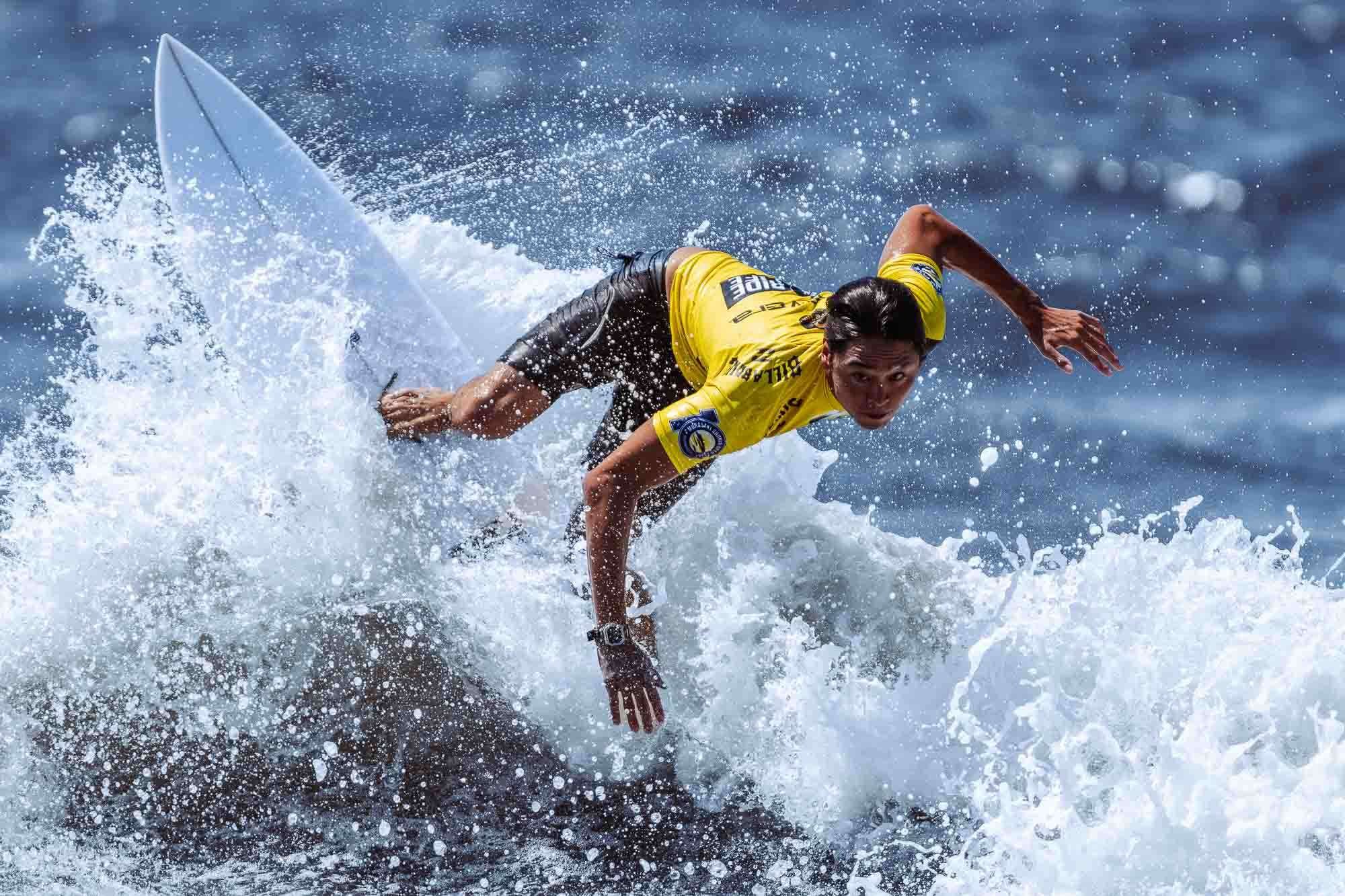
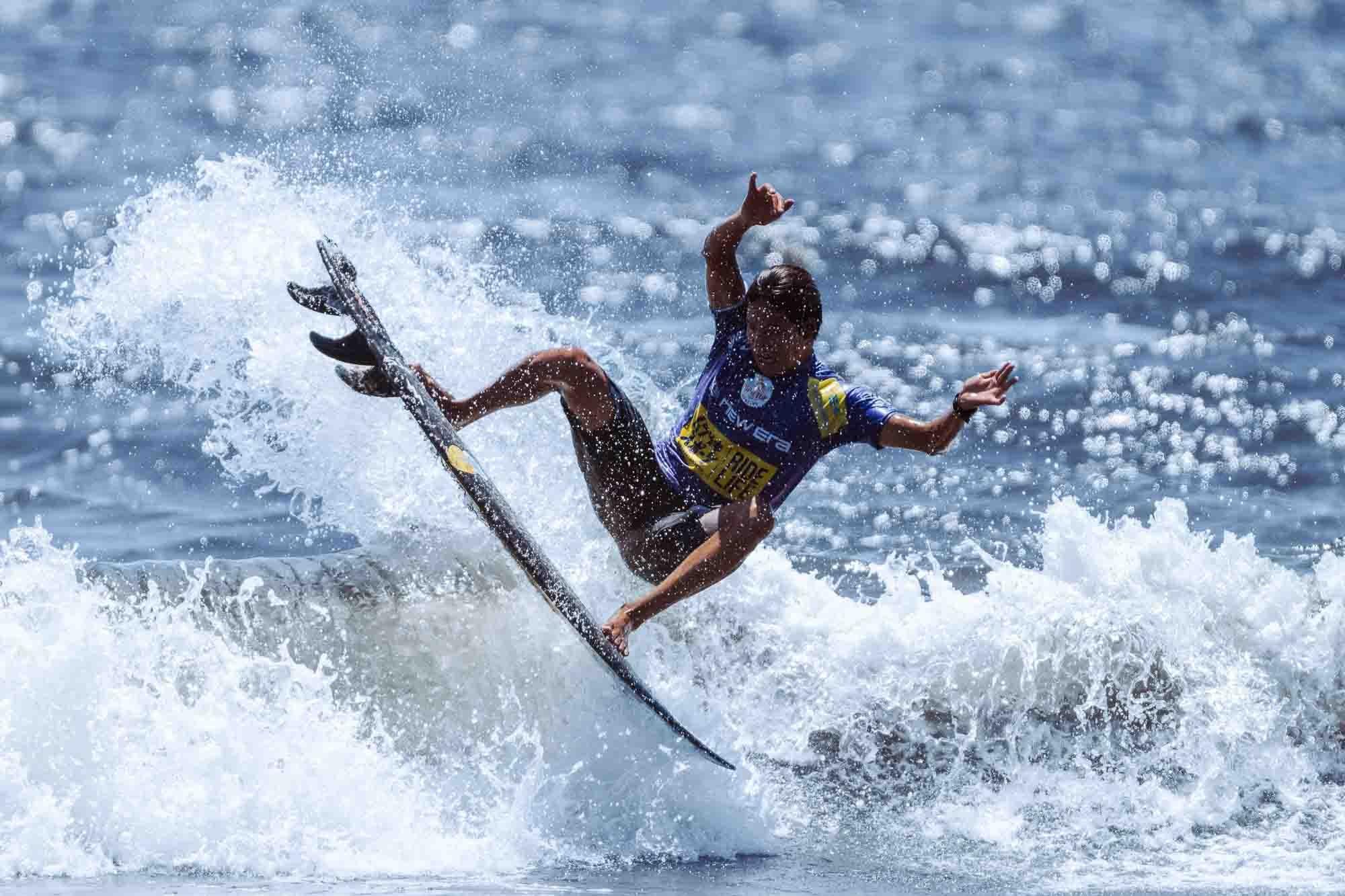
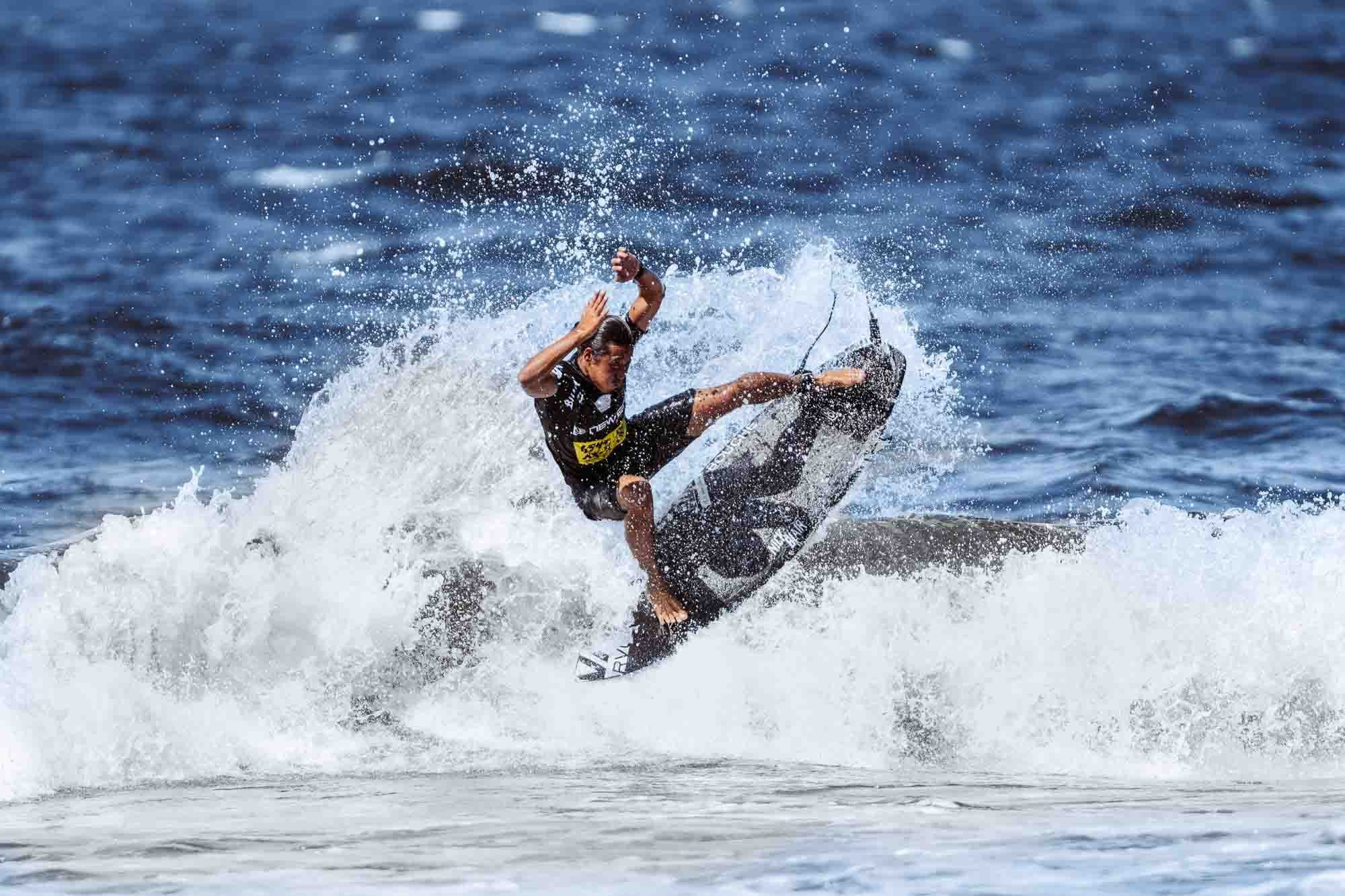
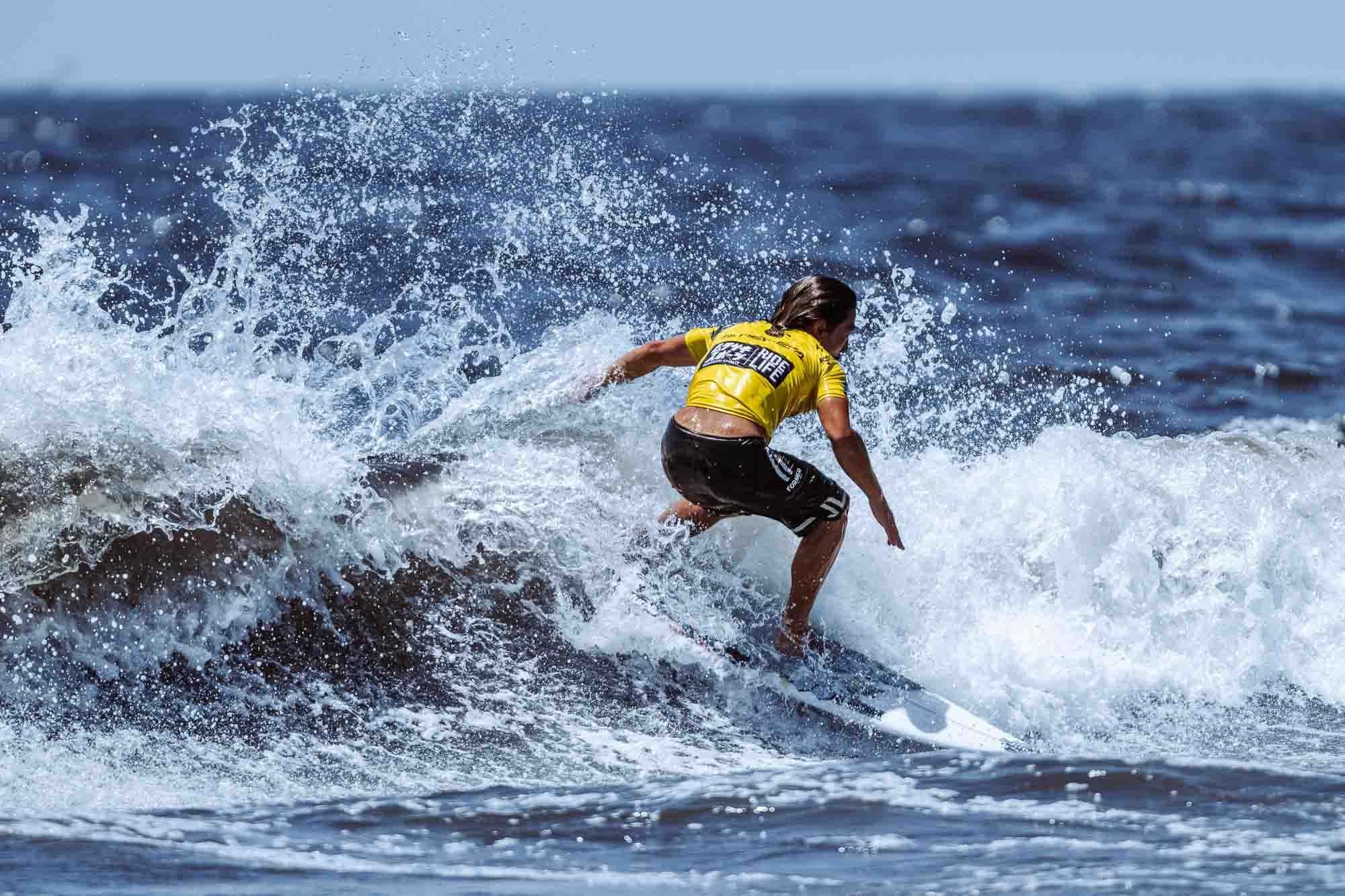
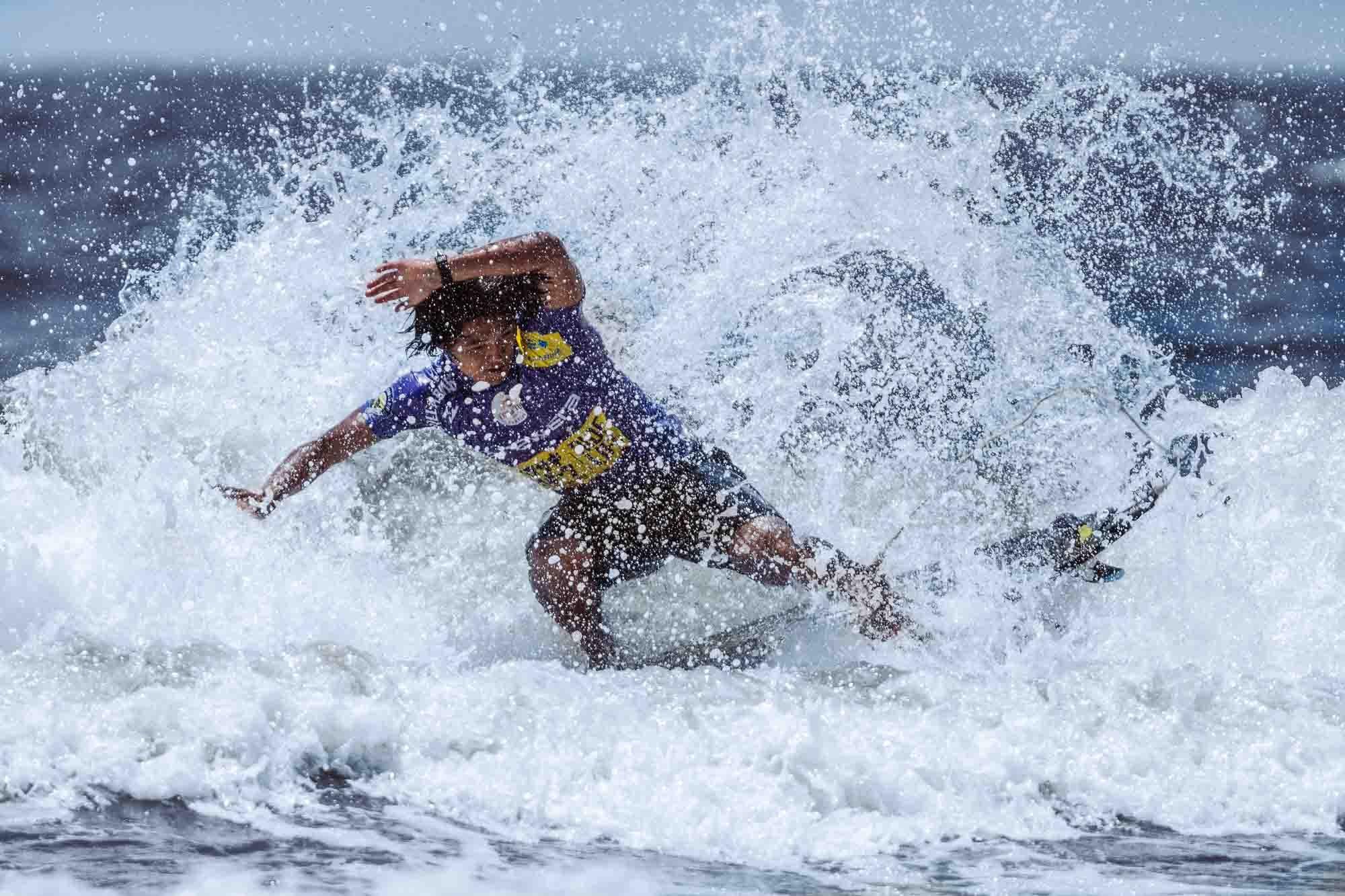
I first started photographing surfers when I came to Fujisawa about 12 years ago with my girlfriend-now-wife, Aya. She was born here, and I quickly fell in love with her hometown (and her, of course), the stunning views of Mt. Fuji, and the vibrant beach scene. Located about an hour outside of central Tokyo, Fujisawa has long been a favorite destination for city-dwellers seeking a seaside escape, and the wider Shonan area produces some of Japan’s top surfing talent.
I began documenting the local surf and skate culture as a personal project, which eventually led to a long cover story on surfing in Japan for Hana Hou!, the magazine of Hawaiian Airlines. More recently, several of my images of Japanese surfers were included in The Breitling Book of Surfing, a beautifully produced collection of writing and photography on global surf culture, published by Rizzoli New York.
Visual motif in travel and editorial photography
There’s a story about the photographer Saul Leiter, whose street photography often featured people with umbrellas. One day, his assistant, apparently exasperated, said, “Not umbrellas again!” Leiter simply replied, “I love umbrellas.” That’s how I feel about surfing. I love surfboards–the shapes, the lines, the colors–to the extent that they’ve become a bit of a motif in my work, tying images together visually and thematically.
Over time, I’ve come to see surf photography, and sports photography more broadly, as an organic extension of my travel work. Surfing is inherently tied to travel, both because many of the best breaks are in warm, photogenic locales and because surfers themselves are relentless wanderers, always chasing the next perfect wave. So surfers, boards, and beach scenes have naturally found their way into my work as an editorial travel photographer–for example, in this story about Busan, South Korea, I shot last year for National Geographic Traveller UK:
The personal project and honing your craft
These kinds of personal projects are essential to a photographer’s development. They encourage experimentation, provide latitude to practice technique, and foster the crucial skill of storytelling. For me, embarking on a long-term project focused on surf photography has made me a stronger photographer across the board: I'm better at planning for light and conditions, quicker at anticipating peak action, and more curious and observant as a storyteller.
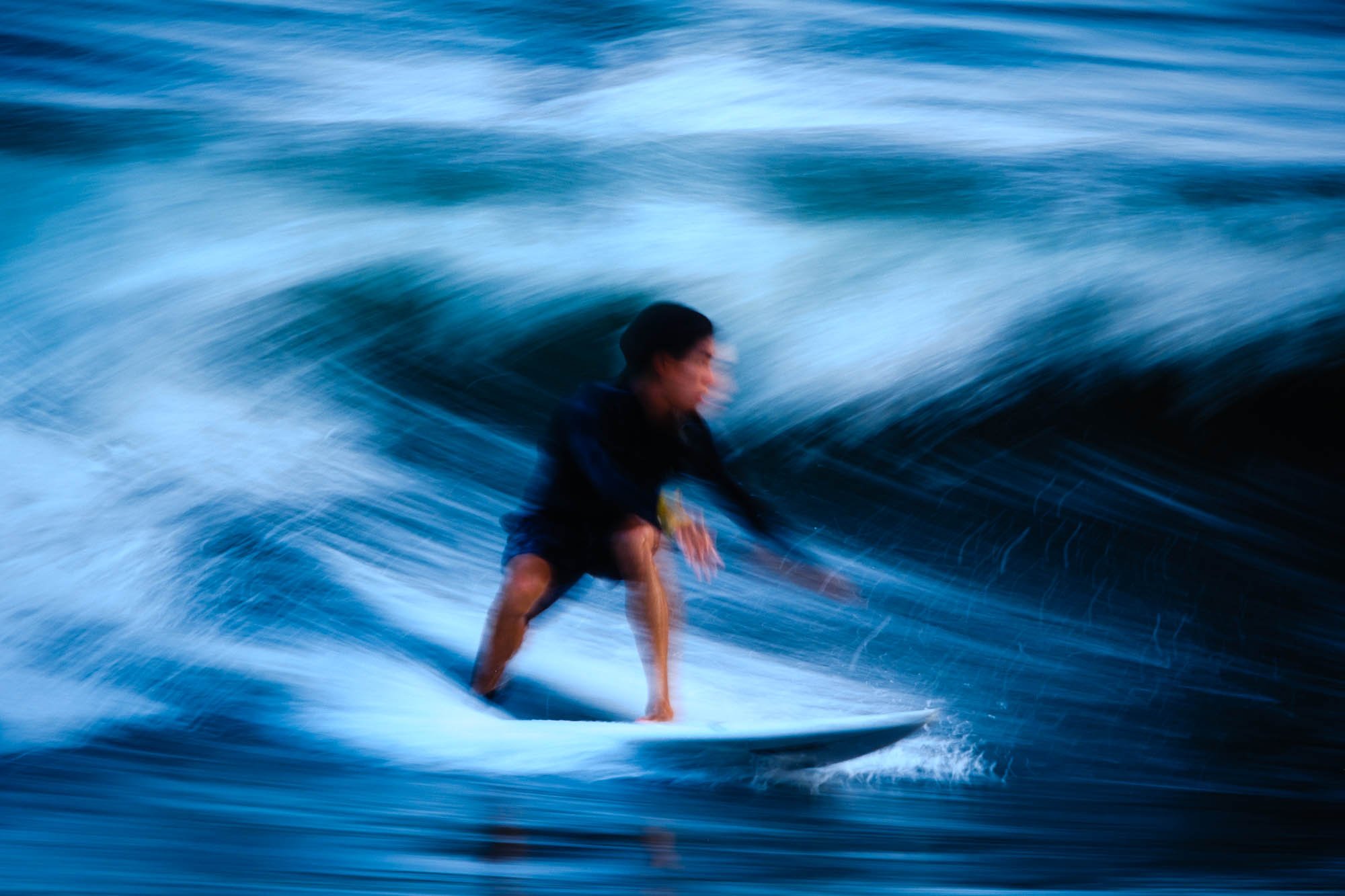
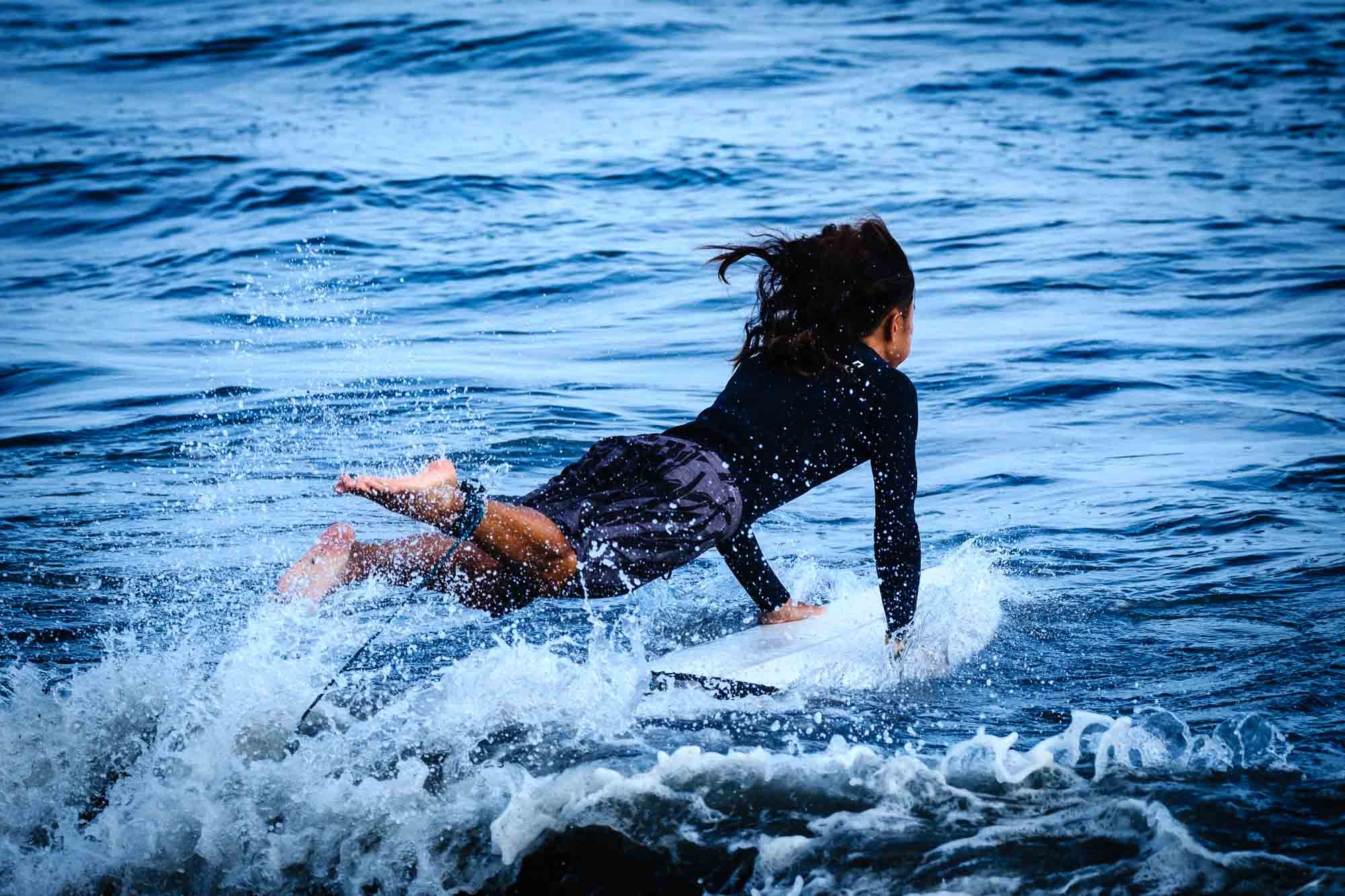
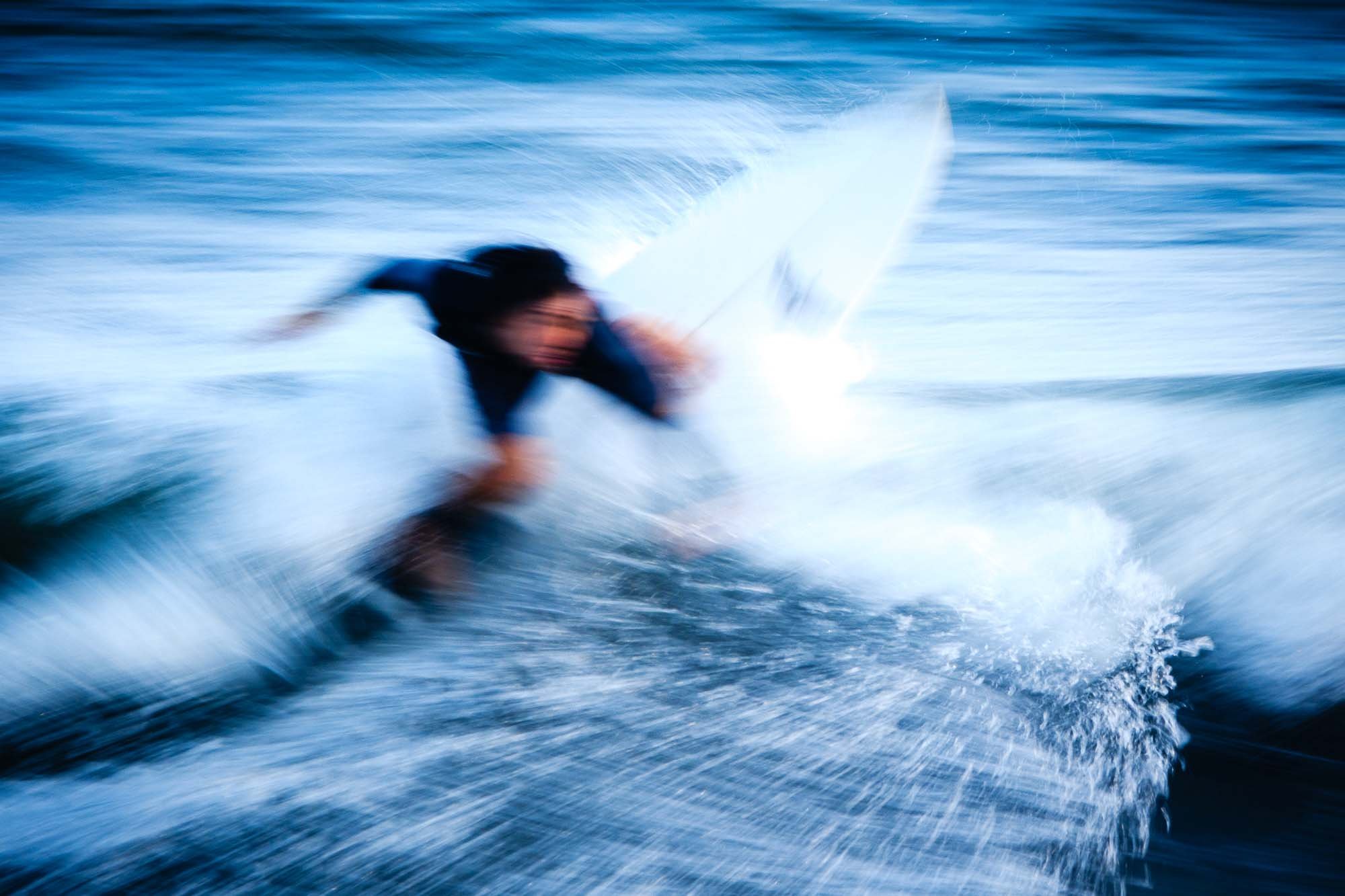




Now that we live in Fujisawa full time, I find myself at the beach a couple of days a week, camera in hand, or hanging out at my buddy’s surf shop. People often ask if I surf. “No,” I tell them. “I just love surfboards.”
If you’re a surfer in the Shonan area and want killer shots of your session, feel free to get in touch for surf session photography in Fujisawa. If you’re an editor or publisher looking for travel photo essays or personal projects from Japan, or if you’re interested in licensing images, I’d love to hear from you.
All images © Ben Weller. All rights reserved.
No part of these photographs may be copied, reproduced, stored, or used in any form—digital or print—without the express prior written permission of the photographer.





